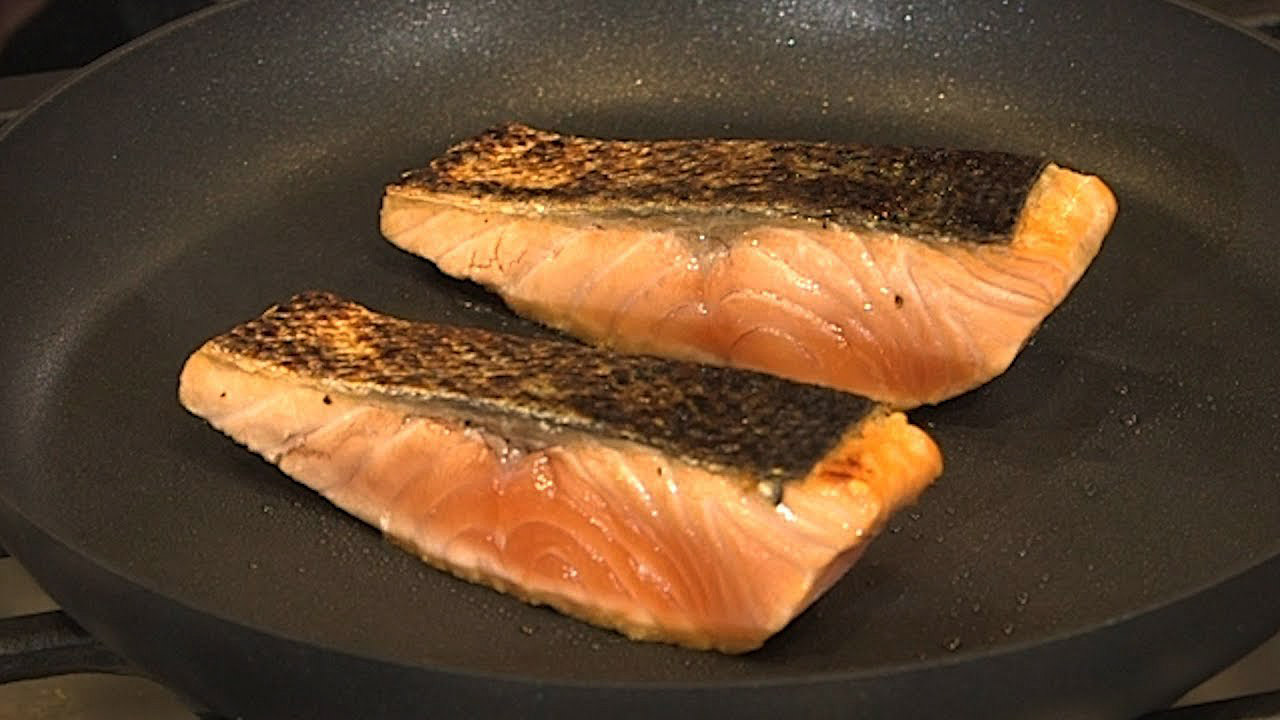Fish is one of the most beneficial proteins that we can eat with its low fat and cholesterol, high protein and omega-3 content. According to Med Instead of Meds, a partnership between NC State Extension and the North Carolina Division of Public Health, eating three servings of seafood a week is one way to improve dietary health.
The Mediterranean way of eating reduces our risk of many chronic illnesses.
For some, cooking fish at home may seem like a daunting task. Concerns over food safety and proper preparation abound. But in truth, cooking with seafood can be a quick and enjoyable way to break the monotony of weeknight dinners.
Extension Nutrition Specialist Carolyn Dunn walks us through an easy way to cook fresh or frozen salmon in this edition of Homegrown.
Quick Tips for Cooking Salmon
- If you’re using frozen salmon, thaw it in the refrigerator before cooking.
- Slice larger pieces of salmon into 5 oz portions.
- Salmon skin is edible and can help keep the fish from falling apart while cooking.
- Sear the skin side first to render fat for a nice sear on the presentation side.
- Cook for 6 minutes per side over medium heat.
Find this and other delicious recipes at Med Instead of Meds. A program of NC State Extension and the N.C. Division of Public Health, Med Instead of Meds promotes a healthy lifestyle that incorporates a Mediterranean-style diet and reduces the need for medications associated with chronic illnesses like high blood pressure and diabetes.
This segment of Homegrown In the Kitchen was filmed in the Dinah E. Gore Teaching and Research Kitchens at NC State University. The state-of-the-art kitchen complex was designed to enhance and extend our work in teaching, research and Extension.
- Categories:



